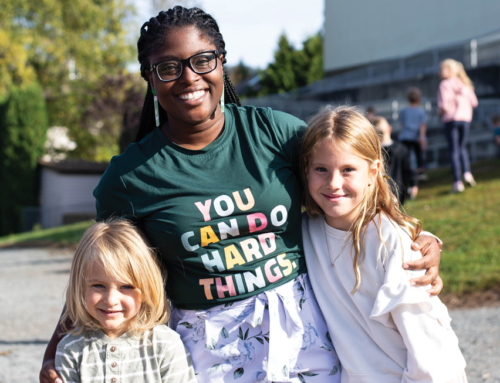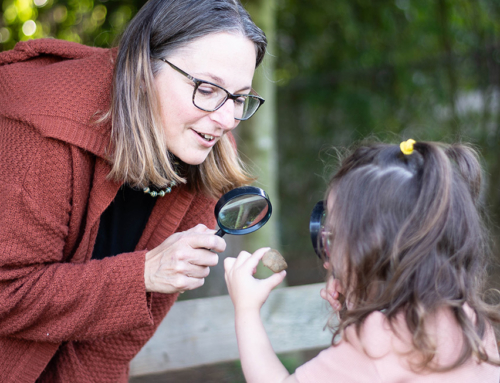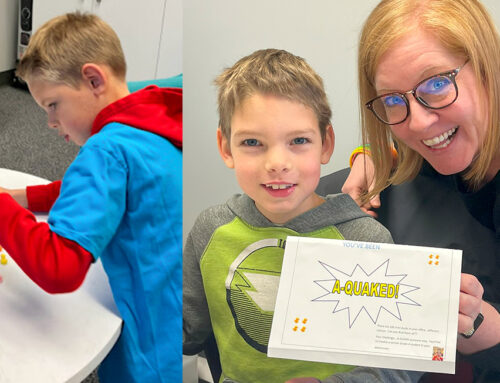In early December, I received a direct Twitter message from a friend that said, “If you wish to grow thinner, diminish your dinner” (a Benjamin Franklin quote). I was somewhat baffled, as this message seemed to be completely out of context. When I went onto Twitter however, the context was made clear. Apparently, someone had hacked my account and was posting links asking my followers to purchase, “fat-burning pills” that would allow them to, “lose 10 lbs. in one week!” If you have ever seen me, or watched me eat a tray full of goodies at each recess break, you would immediately detect the irony in this! While looking at the post, Twitter sent me an email saying that my account might have been compromised—surprise, surprise…
Things could have turned out much worse, but I was able to change my account settings, and so far, I haven’t been used by some commercial interest to sell “weight-loss-in-a-pill” to friends. Still I re-learned how quickly something good and useful that I had been using carefully could turn into something dangerous (or in this case, funny). I learned again the importance of incorporating some fear and a cautious approach in my use of learning tools. This got me thinking about the work my students have been doing with technology, acting in fearless ways as they learn.
But what are some ways we can teach our children to be both fearless and afraid?
I must commend you, parents, for raising children who are genuinely unafraid of encountering new challenges and fully embracing different opportunities! Over the past couple of months, my students—your children— have taken on a number of firsts (for many), designing and publishing webpages on Weebly, writing blog posts and responses on Kidblog, and entering poems or short essays for an online competition associated with Habitat for Humanity. A couple of students even collaborated on a virtual fort-building assignment on Mine Craft! Without hesitation, your children have quickly logged on to their computers, followed a couple of links, and created material that would exist for ages in digital realms and could be shared worldwide with a few quick clicks. Fearless!
You would also be proud of how they asked a lot of great questions (and came up with some superb answers, too):
“Can this website be seen by anybody?” (Only those who have your link and who know the password!)
“Are we allowed to post a bunch of smiley faces on the blog?” (If you want to lose your privilege of using this blog as a learning tool!)
“Do we post our full name with our competition entry?” (Only your first name and grade! Don’t share any more personal information).
Impressive, eh? Not only do your children adopt a fearless, “try-it-out-and-learn-from-our-mistakes” approach to working with a variety of technologies and software, they also have a very solid understanding of online safety and of how to use technology as a means (tool) to an end (learning). They are daring, yet wise digital citizens!
How is this possible? Perhaps it is due to the courageous makeup of our students nowadays, or to the seemingly ever-present devices in our students’ (and our) lives that makes them so brave and savvy. Perhaps it is due to some solid teaching and some supportive parenting that they are such sensible operators of technology. Either way, we have much to be grateful for, and—I think—much to be excited about for our children’s future learning!
But—and of course there’s a but— there is still much that we really should be afraid of when it comes to using technology. No matter how carefully we manage our online usage and profile, and no matter how authentically we strive to claim the realm of technology for God’s kingdom, bad (or weird) things can happen.
By the way, if you happen to be following me on Twitter, please let me know if any strange posts show up, because that makes me afraid!






WHAT DO YOU THINK?
great post Seth. Love how you’ve weaved your way through the all important discussion about technology with our kids – both in terms of engaging as well as discernment